|
Well, that was the concept. Small, relatively realistic portraits in whatever medium I chose to use to accomplish a decently detailed, usually pencil and ink based drawing. Something that might be accomplished reasonably in a short time frame, but still sacrificed little.
1 Comment
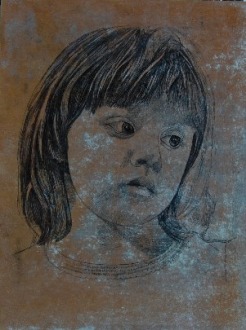 As before, I started with a more or less detailed sketch in pen and ink using a Faber-Castell PITT Artist Pen with an Extra Super Fine .01 mm nib.I left the neutral mottled background of the panel rather than painting it over before starting the drawing. That background color came about accidentally as a result of the HDO panel's (high density overlay plywood) prior use as a form base for some architectural cast stone production use. 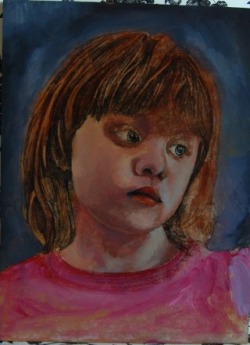 Early colors used were neutral tones in magenta and purple neutralized with Raw Siena and/ or Yellow Ochre. At this point I'm only interested in covering all areas of the panel with a beginning base of color, and establishing only basic areas of tonality (relative brightness), and very basic color temperature. The right side will have a cool source of light and a warm source will spring from the left. 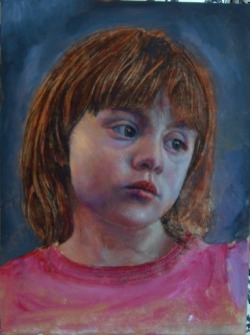 In the next step the cool tones on the right side were slowly built up using Naples Yellow and Cerulean Blue and white. The left side was kept subdued but slightly warm, using various neutral reds like Burnt Siena and English light red neutralized by a Dio Purple where necessary deeper in the shadows and, in the lighter transitions, Cadmium Red Light and Naples yellow, becoming more intense where the small area of direct sunlight will evolve. 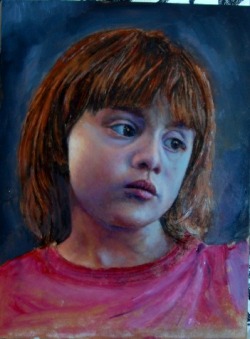 In the final stages nothing really new is introduced; just the smoothing of transitions and a continued slow build up in the intensities in the lighter areas. The direct sunlight on her right cheek (our left) is defined more purposefully. The tonal transitions are “smoothed”, not by overblending, but by braiding and interweaving complimentary and contrasting hues (such as orange with violet) that are tonally similar (same brightness value). 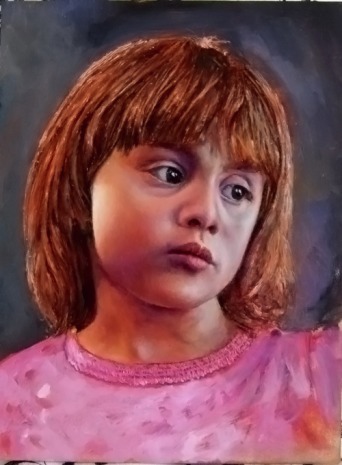 The lighting scheme here is from dual sources, a cool light coming in from the right and a warm direct sunlight type light from the left. Since the two light sources are contrasting hues and temperatures, this can make for a an interesting mixture of color contrasting reflections in the face, for example, both cool and warm reflections under her right eye (viewer’s left). 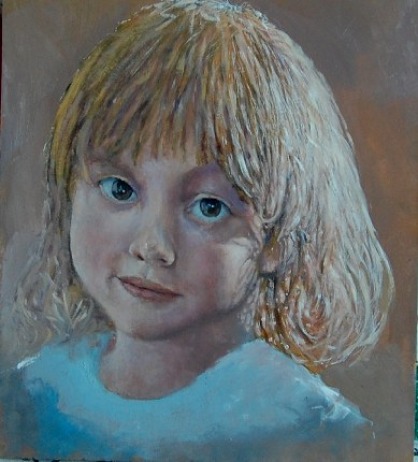 My east coast granddaughter. I've recently tried to incorporate a strong element of back lighting in my portraits when possible. I think this is especially effective when the subject is a child. One might call it a halo effect. Psychologically it may suggest associations with brilliance, with inspiration, insight, and revelation. I've used it before (see the left portrait on the header) but only coincidentally; that is, the photo I worked from provided that lighting. In this case the photo I was sent was full face on flash and I didn't even want to use it. But the pose was sweet, and I decided to take a chance and see if I couldn't alter the lighting. Everything up until now has been wet on wet, i.e, no chance to layer much since the first layers are still wet and trying to layer is still a squish on wet paint proposition. Further progress must wait until after vacation. Unless I want it to end wet on wet. Here it is at 9 hours. Hate this photo. I'll take another when we get back. No time left now.
Today's Wednesday. Tomorrow I'm off to California to visit my son and his family, including their gorgeous daughter whose portrait you see on the left of the banner above.
We'll be heading out for a nice stay at the beach after that, so I won't get to post (or even work, for that matter) for several weeks. But I thought I'd start the day by documenting a small portrait of my other granddaughter, Sophia. So this one's going to be a bit atypical, because Sophia's face is closely cropped in the photo, and I thought the painting might be interpreted in the same way. Anyway, here's the photo I'll work from. |
Archives
October 2018
Categories
All
|
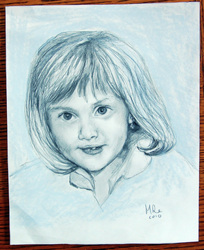
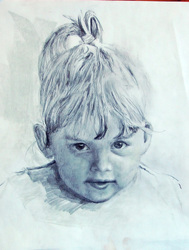
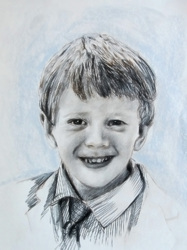
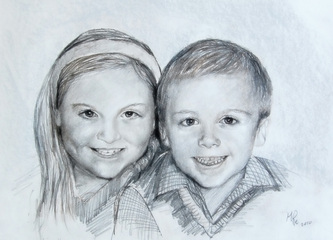
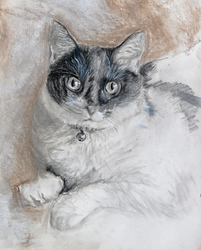
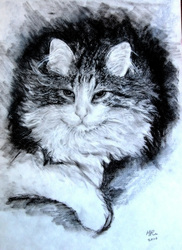

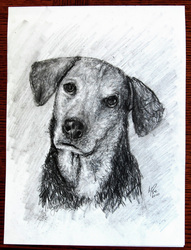
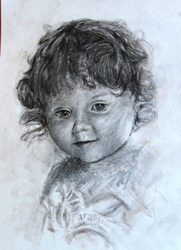
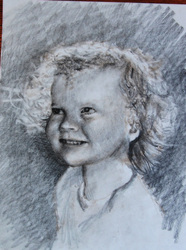
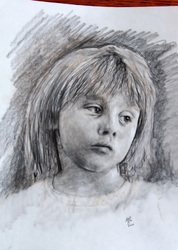
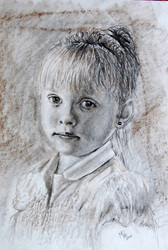


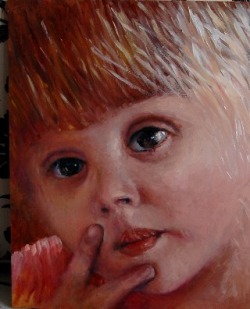
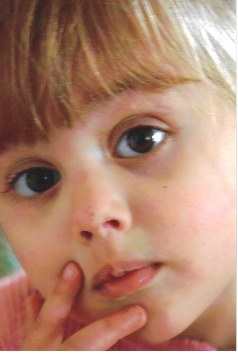
 RSS Feed
RSS Feed
